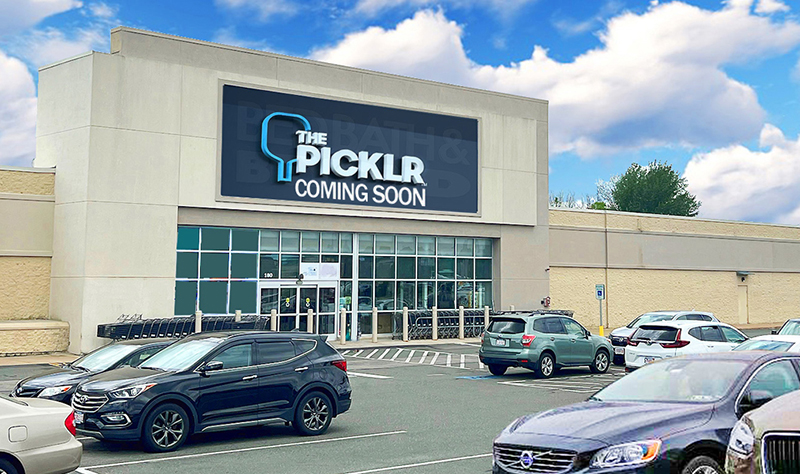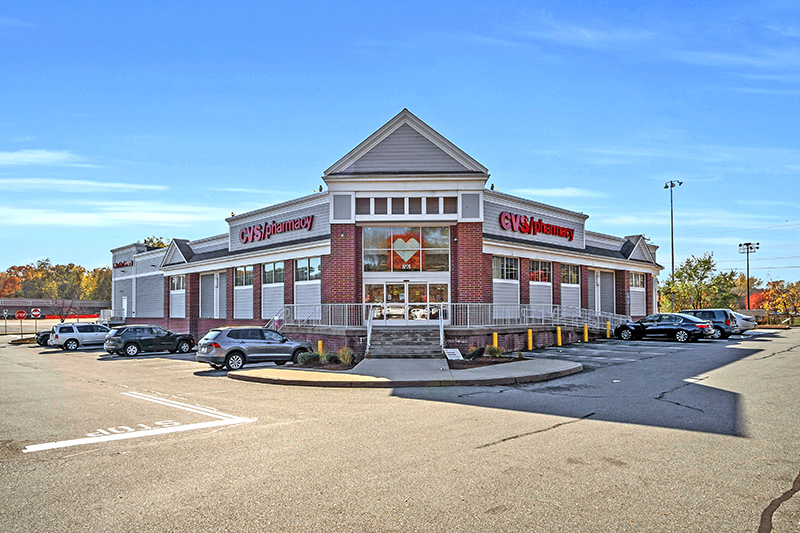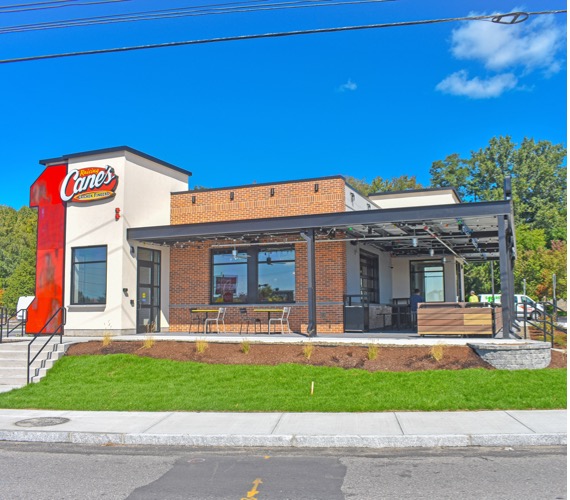News: Retail
Posted: January 22, 2015
Understanding urban runoff issues if you own or develop shopping centers
If you own or develop shopping centers, it has not escaped your notice that dealing with stormwater runoff regulations is taking an increasing share of your budget, whether in new construction, renovation, or even operations and maintenance.
The EPA has been focusing on stormwater from municipal and industrial sources for over 20 years, and more recently from construction sources as small as one acre. However, there is increasing attention being paid to "urban runoff", meaning existing as well as new commercial and residential properties in built-up areas.
According to the EPA, "In urban and suburban areas...storm drains carry large amounts of runoff from roofs [with] pollutants such as oil, dirt, chemicals and lawn fertilizers directly to streams and rivers, where they seriously harm water quality."
As a result, they have directed states and communities that operate large storm sewer systems (known as MS4s) to more closely regulate runoff from urban sites within their jurisdiction. In the past, they have typically addressed the following issues:
* Matching the runoff rate (gallons per minute) before and after new development
* Providing some form of treatment via "Best Management Practices" such as ponds and treatment swales before stormwater leaves a site
* Requiring effective controls during the construction process itself
More recently, regulators have also been looking at controlling stormwater volume - that is, total gallons leaving a site. Again, based on EPA guidance, the concern is that new impervious surfaces (pavements and buildings) reduce the volume of water that infiltrates into the ground, even when pre and post-rates of runoff match, a greater volume of water leaves the site. According to the EPA, "The loss of infiltration from urbanization...leads to great increases in flooding during and immediately after wet weather [and] lower stream flows during dry weather."
Unfortunately, runoff volume is more difficult to control than runoff rate: runoff rate can be reduced by simply storing excess water in a pond and letting it go slowly over an extended period. However, reducing runoff volume can only be accomplished by somehow re-infiltrating surface runoff back into the ground. In sites with high groundwater tables and poor soils, this can substantially increase the cost of required stormwater infrastructure in new construction.
For existing developments, the EPA has not yet required such expensive stormwater retrofits. Instead, they encourage communities to adopt maintenance-based approaches such as pavement sweeping, catch basin cleaning, storm drain marking, and regular inspection intervals. However, planners and regulators are encouraged to identify and implement other pollution prevention and control opportunities. Eventually, however, ecological restoration and retrofit activities may be required of existing developments too in order to clean up degraded water bodies.
In the meantime, paying close attention to stormwater issues in new development, monitoring construction stormwater plans closely, and participation in effective voluntary efforts, such as better maintenance programs and partnering with community programs can help improve the health of impaired water bodies over time, perhaps avoiding the need for mandatory retrofit programs, and at the same time, providing a cleaner, more healthful environment for us all.
Robert Duval, PE, LEED AP, is president and chief engineer of TFMoran, Inc., Bedford, N.H.Robert Duval, TFMoran, Inc.
Tags:
Retail
MORE FROM Retail
Mace of KeyPoint Partners negotiates 36,192 s/f lease for The Picklr at Endicott Square
Danvers, MA KeyPoint Partners (KPP) negotiated a lease with the nation’s premier indoor pickleball venue The Picklr at Endicott Sq. Vice president of retail brokerage Don Mace negotiated the transaction on behalf of the landlord.




.jpg)



